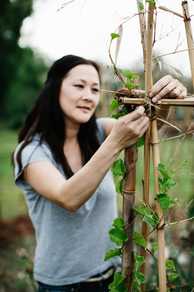 It's tricky to recommend that people grow bamboo. As you know, it can be a very real, very permanent, nuisance - to say the least. My father however, lives on several acres with the motivation and time to tend to his large bamboo stand. We eat the shoots, fabricate (for fun, really) items like brooms and utensils from it, shred it for mulch, and have LOTS available for other garden uses like trellis-making. Here, I'm tying off the top of a bamboo trellis where a Chinese medicinal herb climbs. (Refer back to posts from April 2017 to learn more about how we prepare bamboo shoots for eating, and how we preserve bamboo)
1 Comment
This time of year is when I do a lot of thinking about how I can improve my garden next season. One strategy I always want to improve upon is growing vegetables in succession. The goal is to always have something growing so there is no downtime from food harvests and also so that there are few or no periods of time when the garden is fallow, which is better for the garden. My father is an excellent garden planner and as you see from the photo, is a very tidy gardener as well! These bunching onions are grown in succession. Shortly after the rows in the back became established, he started the rows in the front. This makes for a very long period of harvesting for these delicious, go-with-anything onions! Learn more about planting in succession and other gardening techniques in The Chinese Kitchen Garden! 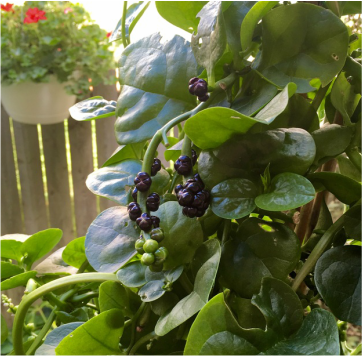 Malabar spinach is a great heat-loving vining spinach that does really well in a container as you see in the photo here of my friend Grace's plant. Towards the end of the summer, you’ll see pretty pink round flowers that turn into dark blue/black berries. These berries are mostly tasteless but have historically been used as a bright pink/red dye for products like fabric and paper. The berries can also be used as an edible food dye. To save seed, wait until the berries are nearly dry (but before they drop all over your garden) and pull the berries off. Let them fully dry on a screen or a shallow bowl. When the berries fully dry, seeds will be easy to remove or sift and save. Malabar spinach plants do produce a lot of seeds and some people have complained of rampant re-seeding. My father allows his Malabar spinach to ramble in rows in the garden, but removes the plants shortly after they produce berries and before seeds dry and fall. He has never had a problem with unwanted reseeding. I won't wax poetically about heirloom seeds - mostly because some people can do it so much more passionately and expertly than I can, but in short, heirloom seeds - and the gardeners that preserve them - are quite amazing.
This is a gigantic Chinese jade squash, sitting on top of a trellis in my father's garden. It has a while to go before it lightens in color and develops lovely green speckles/streaks. He's grown this squash for the past few years and loves the tender, mild taste. Later, he'll grate the pale yellow flesh and make fried squash patties or may finely chop the squash and combine it with minced shrimp and ground pork to make his famous dumplings. Prior to these past few years though, my father had not tasted this squash since probably the early 1960's. Shortly after that time, my father made his way from rural China to bustling Hong Kong, then finally to the suburbs of the United States where he cultivated several different gardens in the backyards of several different homes. He tried for the first time, and then subsequently grew many vegetables that a typical American gardener would grow such as tomatoes, cucumbers and summer squash. While my father was gardening in the United States, gardeners in Shandong, China, remained guardians of this very local heirloom squash, growing them season after season, saving seeds season after season so that one day, decades later, my father would meet an old friend with a handful of seeds to share. These seeds were saved from my father's favorite squash grown back home during his childhood decades ago. While my father may now be accustomed to tasting Chinese jade squash every fall since he's been saving seeds for a few years now, I am amazed every time I see this gorgeous thing up on the trellis from a very far off place and time. Bunching onion is great to eat at all stages of growth and can be used in virtually any recipe from any cuisine. This variety, known by a name meaning "big onion" in Chinese, earns its namesake. By the end of the summer, it grows to a couple feet tall.
Notice how the soil is mounded up against the base as it grows. This blanches the stem, keeping it tender and producing an onion that looks almost like a leek. When it's ready to be harvested, the long white stems are the best part and have a mild, sweet, onion flavor. These onions also store well in cold storage. Chinese 'ong choy', aka water spinach or kangkung (what it's called in Malaysia where it grows rampantly) is a delicious and mild leafy green, which you will likely NOT find easily since...it is illegal to sell in stores! This is because while tasty, it is classified as invasive in the United States. We were lucky enough to have it at one of our favorite restaurants only because the chef grows it in his own garden. Since it's an aggressive spreader, growing it yourself means you'll have to be very careful to keep it under control.
These greens are so good steamed, boiled or sauteed. The leafy tops cook to a perfect texture that's neither too soft nor tough at all, and the stems have a bit of a crisp crunch. Notice the characteristic hollow stems. Water spinach is almost always cooked with shrimp paste. This I can't understand because I find it to be a mild and versatile vegetable that would go with anything. Me: Why is it always cooked with shrimp paste? My mom: It's ALWAYS cooked with shrimp paste. Me: But why? There must be some reason. My mom: It just is! Me: But WHY?!! My mom: NO WHY! So that's all I got from my mom. If anyone can shed some light on why this is such a traditional taste, please share!
I love the sight of these bottle gourds hanging in the garden like lanterns on a warm summer evening. Read the excerpt below from The Chinese Kitchen Garden to learn why many Chinese people, a very superstitious people, love to keep bottle gourds around the house as decoration as well. When my father does not need bottle gourds for food or products, he may grow another variety with an additional smaller bulb near the top. This double bulbed type is edible, but not desired for eating because of its awkward shape and small amount of usable flesh. However, these hourglass-shaped gourds are as symbolically auspicious as they are architecturally interesting, and they make for a beautiful decoration around the house. Called daji hulu in Mandarin, translated to “good luck gourd,” (hulu meaning bottle gourd), the name is also a synonym for a Chinese phrase that means happiness and prosperity. For decorative purposes, leave gourds to mature on the vine until the end of the season. If they are still not fully hardened, remove from the vine and store in a dry place. When fully dry, my father likes to sand these gourds to perfection. They can then be stained and even lacquered . We like to hang the gourds with a red string, a color that represents good fortune and joy. Miniature varieties sold as “miniature bottle gourds” or “baby bottle gourds” are perfect to grow and give as gifts, for adorning decorations like wreaths, or just strung here and there in the house as good luck charms. Luffa gourd is about as classic in the Chinese garden as zucchini is in the North American garden. Like zucchini, you should stay on top of harvesting, as luffas grow prolifically and taste best when young. This beautiful vegetable can be used in a similar way as well.
Notice the ridges along the luffa. These ridges can be tough, so simply pare the ridges off with a vegetable peeler. You'll be left with a striped tender summer squash ready for any recipe! Well, THIS was a delicious salad from Panera! The next time I get it, I’ll go lighter on the Thai chili vinaigrette (because it had a little heat but was a bit too sweet to my taste…) and heavier on peanut sauce. I did love the addition of fire-roasted edamame, and here’s what I’d like to tell you… not only is edamame delicious, easy to cook and easy to grow (especially for new gardeners), but it’s a nitrogen-fixing plant meaning it’s actually GOOD for your garden as well! If you don’t plan to grow edamame this year, you can find pods or beans in most supermarkets these days. I loved the individual fire roasted beans in this salad but The Chinese Kitchen Garden also describes many other ways to use edamame in the kitchen.
|
AuthorI'm Wendy Kiang-Spray, gardener, home cook, and author of The Chinese Kitchen Garden. Learn more about the book here. Enjoy the blog and be sure to like The Chinese Kitchen Garden Facebook page for notifications when there are new posts. Archives
April 2019
Categories
All
|
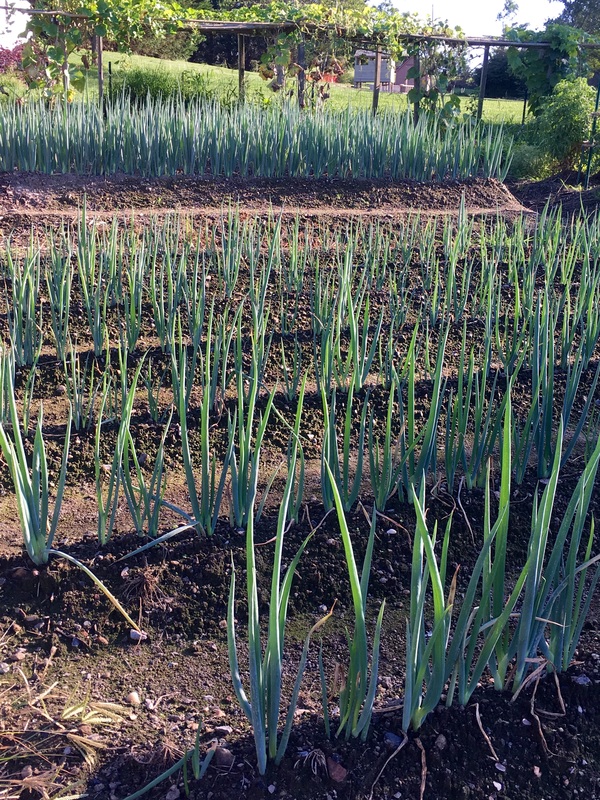
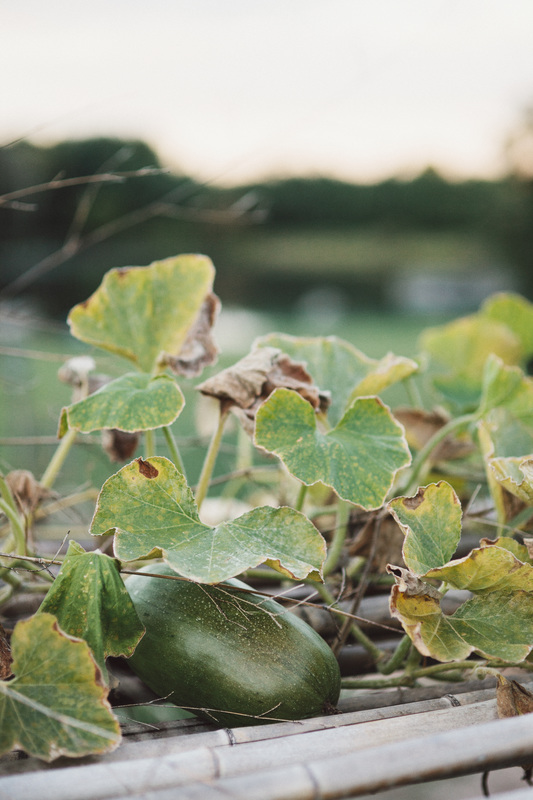
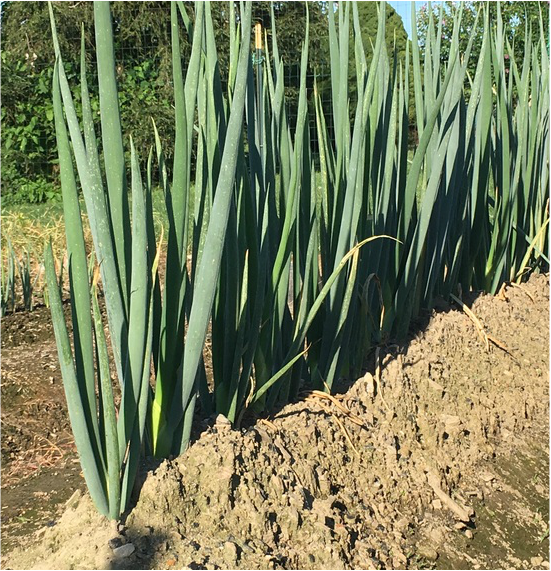
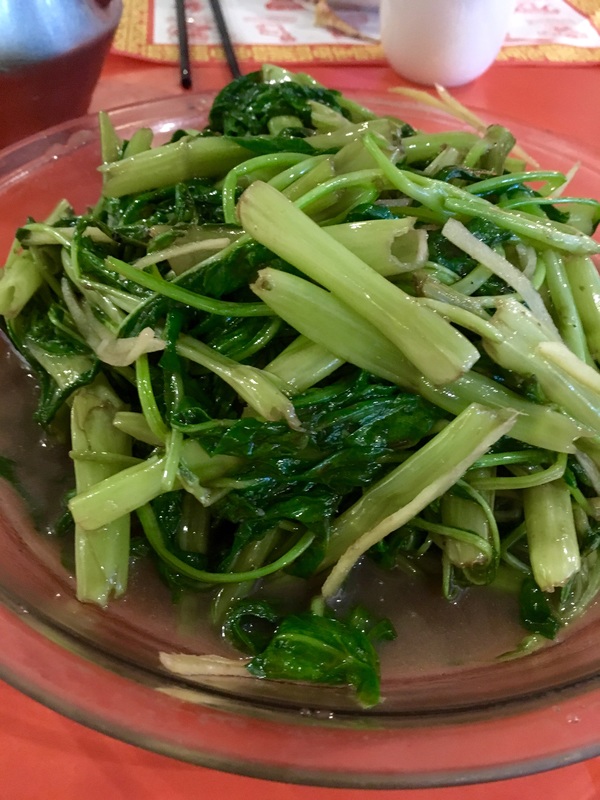
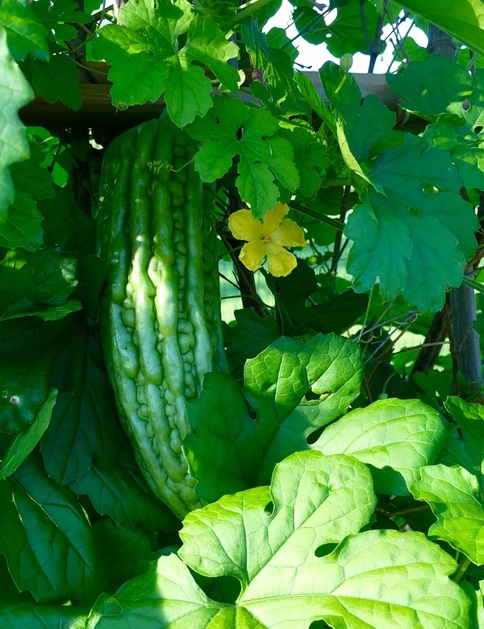
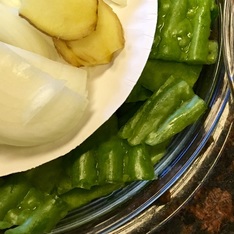
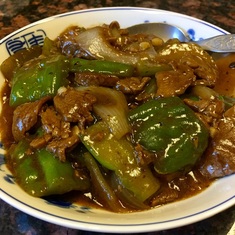
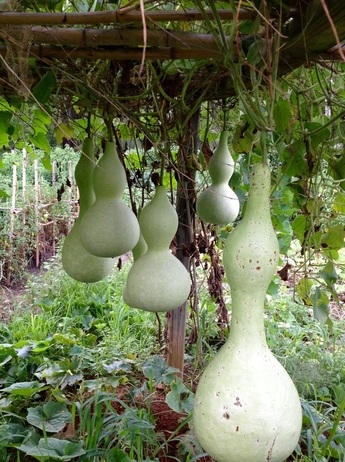
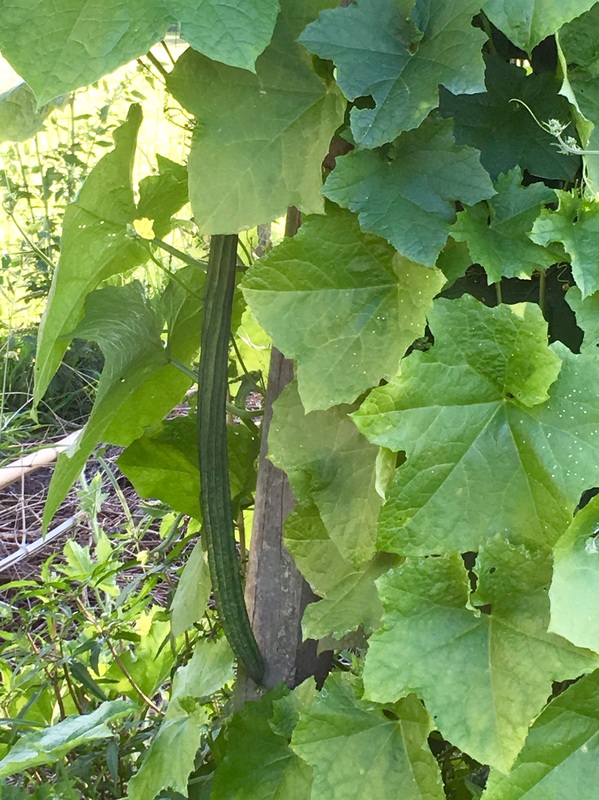
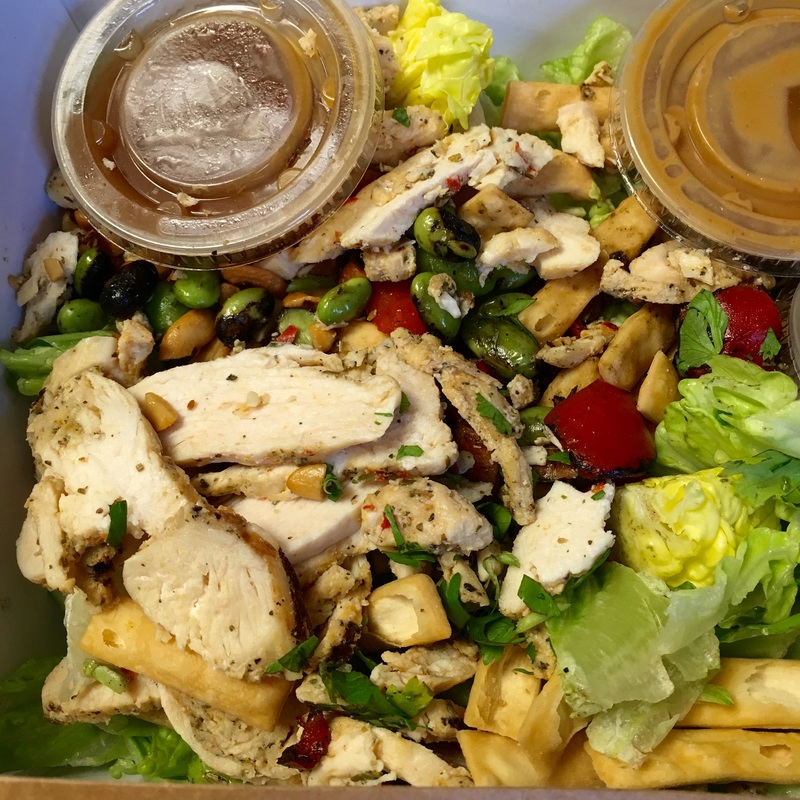
 RSS Feed
RSS Feed